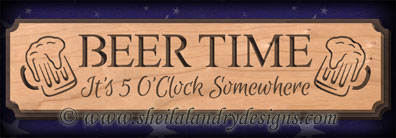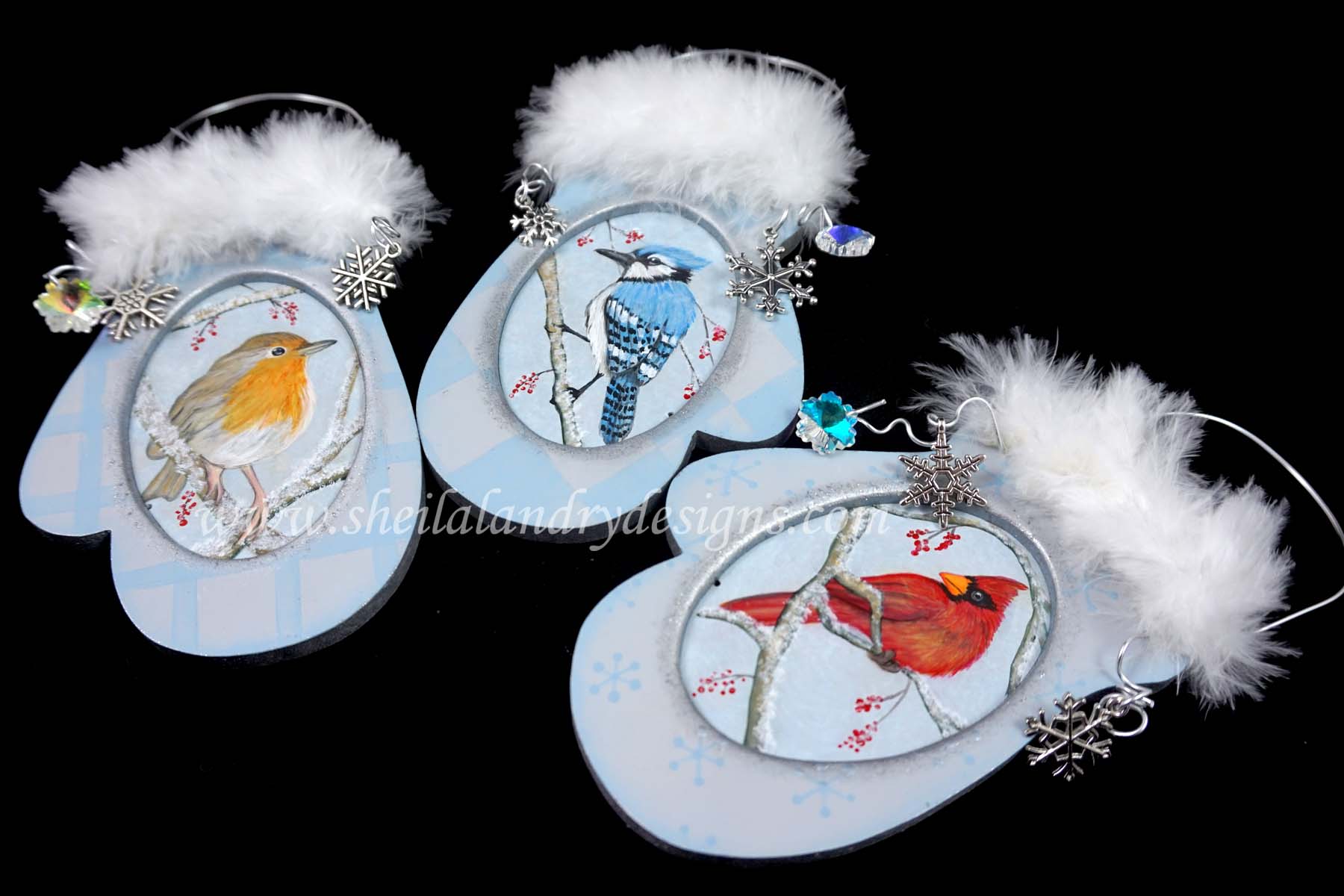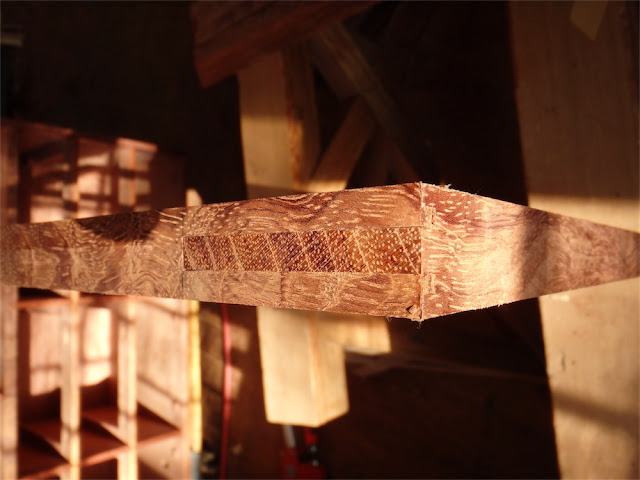Work on the bifold doors for the two cabinets continues. I realized in the past while that these doors will be the last sets of mortise and tenons to tackle on this project, a point which has certainly been long in the making. Something to savor.
After a spell of fitting work connecting rails to stiles, I had a set of 4 door frame ‘ladders’ for one cabinet together. Before moving on to fitting the panels and upper/lower rails to those frames, I wanted to be certain that I had the door widths correct. While there is a designed specific door width, errors do accrue as assemblies are brought together, and there isn’t a lot of wiggle room between doors with overly large gaps between (i.e., the doors are too narrow) or which are too wide and will not close. Of the two, the latter is to be preferred as an initial outcome of course, however I did not want to be in a position of having to shave significant amounts of material off of the door sides after they were put together for good. It was preferable at this juncture to make any adjustments in that direction by decreasing the shoulder-to-should distance with the door rails, and then to construct the top and bottom rails to suit any adjustments which had to be made.
In what seemed like half a lifetime ago, I had put together the cabinet carcases. While I often rely upon a caliper for measuring where possible, in the case of each carcase the width was too great for any caliper I have, so I had to make do with a measuring tape to layout and produce the desired 51.25" carcase width. I know from working with calipers and the DRO on my mill that rules and, more particularly, measuring tapes, are not the most accurate devices. Many times I have laid something out with pencil and Incra rule, where there are machined 0.5mm dots for each pencil position built right in, and found later via the milling machine’s DRO, and later checking the same dimension with a caliper, that the Incra ruler layout was not as accurate as I had hoped. With a regular rule or tape the problem is even worse though in that errors of parallax can also creep in. Regardless, after the cabinet carcases were glued up, I checked by measuring tape and found them to be 51.25" wide, but of course realizing that the number had inherent imprecision. There was a +/- of 0.01~0.02" there, and while that might seem slight, it’s also about the amount of space required for door clearance, and if I strayed too far, with cumulative errors say to 0.03~0.04", then the gap would be too large for my liking. If I was to be out on my dimensions, I could hope that I wouldn’t be out in the direction of the doors being too narrow and therefore gappy. Looking for slightly fat doors….
With the door frames assembled, given that the rail tenons protruded at this stage, I couldn’t simply lay the doors down on the carcase and see if everything fit. The rail tenon portions sticking out kept the stiles from coming together against one another. So, in order to check, I decided that I needed to get an accurate measure of each half of the cabinet, to match with a given bifold door assembly, and then I could measure the doors separately, add up the numbers, and see if they were going to be a close fit or not.
To obtain a measure of half the cabinet width, I used the sliding table saw and an end stop with screw adjuster to cut a pair of matched sticks until they fit end to end across the cabinet:
I made two sets of these gages, so as to account for any possible variation in the cabinet width at top or bottom.
The cabinet was nominally 51.25" wide, or 1301.75mm. Divide that in half, and you obtain 25.625", or 650.875mm.
I was very pleased to find that the carcase half-width at the bottom was pretty much right on the money at 650.9mm:
At top, the width was only very slightly larger, at 651.00mm:
Now to check the doors themselves to se how they compare to their openings. I happen to have a 1meter long Mitutoyo Digimatic, something I picked up used, and at a reasonable price, from Germany at the time I acquired the Zimmermann milling machine:
It comes in handy at times for sure.
So, the half-opening width was 650.9 or 651.0mm, depending. I measured the left side door of the left half bifold at 325.43mm, and the right side at 325.56mm, which adds up to 650.99mm. I was stoked! That made my day. I kinda started geeking out at getting such a close-to-target result and even called my wife up at work to tell her about it. Yeah, yeah, she has learned to put up with my eccentricities for sure, not simply humoring me in such matters but really getting the significance and meaning of such things for me. That’s nice.
Anyway, I figure after finish planing of the rails that I will be fine with current rail shoulder-to-shoulder distances, and could therefore move on with further cut out.
One of those tasks was processing the housings for the tenon haunches on the top and bottoms of the stiles. Here, I am starting that cut on one of the hinge stiles:
One of the aspects to the milling machine I have come to really appreciate is the slotted table, upon which one can clamp stuff down so the stock just doesn’t move anywhere. It makes the cuts chatter free and clean, and there are no problems with the work wiggling loose while cutting and the associated sorts of disasters that can eventuate with that scenario. I have made many wood and MDF fixtures over the years, and a typical weakness with those fixtures is that the act of clamping the stock to the fixture often deforms the fixture itself, leading to cut out errors. With the mill, the thick cast iron table is not really deforming to any significant degree when I lock stuff down, which improves the final product in some concrete ways.
This is a one-pass cut:
Result:
As I completed the ladders, I laid them out on their respective boxes:
Set #2:
Next up were the top/bottom rails, which are formed in an 'L’-section like the stiles. Task #1 was to mill the dadoes for the panels. Given the 'L’-sections, and position of the groove, the mill seemed the best suited and safest for the task:
Climb cutting made for zero tear out in grooving.
Once the dadoes were done, I moved onto tenoning - these are the very last tenons cuts on the project I do believe:
At this juncture, the tenons are complete on one face and shoulder, and rough cut on the other face and shoulder:
Another view:
One more for good luck:
Next time I’m in the shop, I’ll complete the tenons, which are halved and haunched as well, and move onto fitting these rails to the stiles.
Thanks for visiting the Carpentry Way.
via Tumblr http://davidpires578.tumblr.com/post/156462519874































































